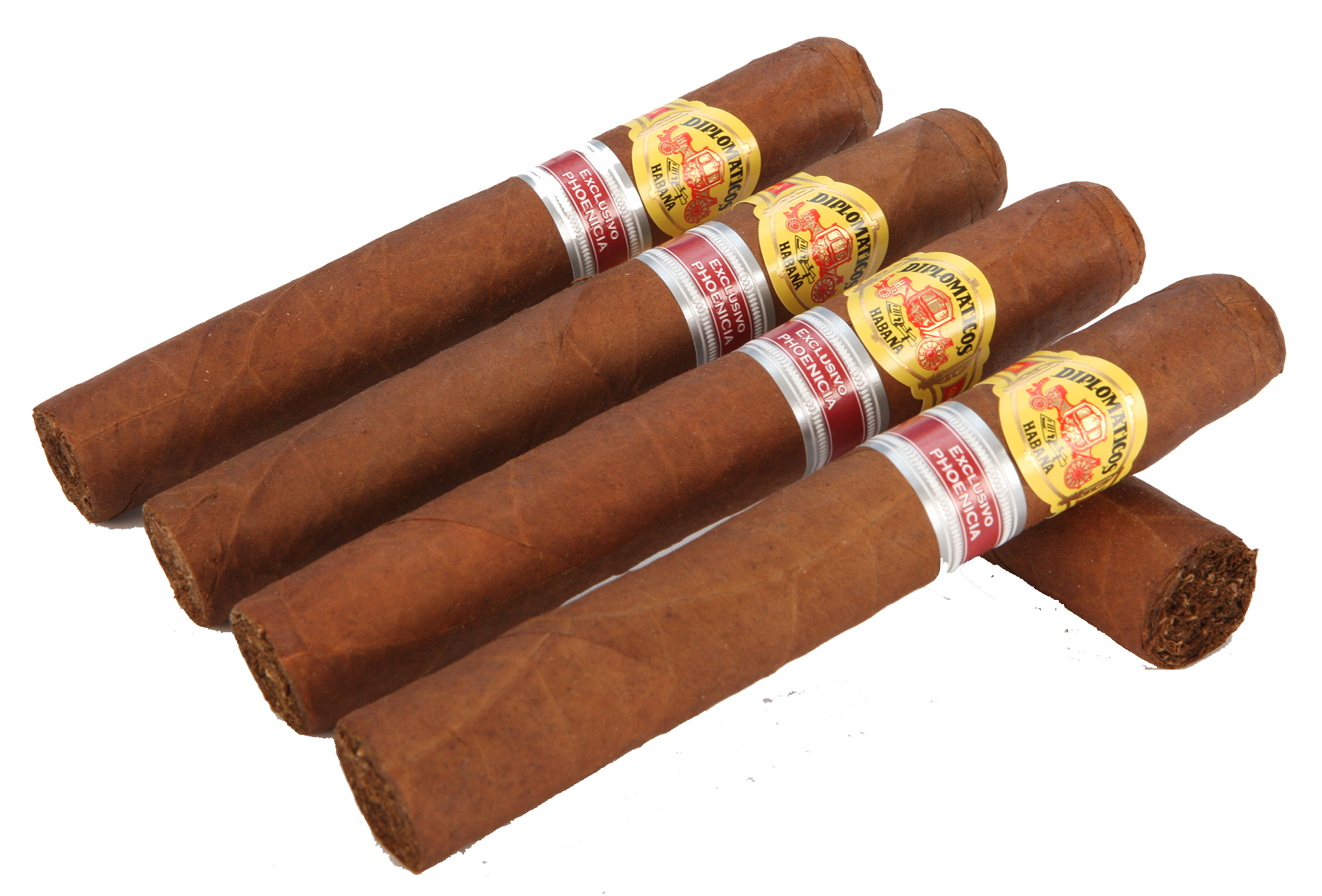Other than the usual and ongoing discussions about supply and what’s coming next, one of the more common conversations I have heard about trends with Cuban cigars is the increases in ring gauges of new releases.
It’s not exactly a new trend, and certainly the growth has occurred over the past decade, a fairly long tail to take into account. Additionally, it seems like there isn’t a firm line as to what qualifies as a thick cigar—is it a 52 ring gauge, a 56, or a 60—the answer varies depending on whose opinion is being voiced. But still, it is something that has sparked both applause and grumbles when it comes to the announcement new releases.
While the trend has affected regular production and limited editions, it has also begun to creep into the Edición Regional program in recent years. As we have covered numerous times before, the Edición Regional brings unique sizes of certain brands to regions of the world where they aren’t as commonly found. The big six brands—Cohiba, Montecristo, Romeo y Julieta, H. Upmann, Hoyo de Monterrey and Partagás—aren’t eligible to be selected by a distributor, but that leaves 21 other marcas, such as Diplomáticos, a cigar often referred to as the affordable Montecristo and which was originally intended to target the French market.
The Diplomáticos brand traces its roots to 1966, when it debuted in five sizes that just happened to be the exact same as the Montecristo Nos. 1 through 5. It added two more sizes in 1976, the exact same as the Montecristo Especial and Especial No.2.
It has since been stripped down to just one regular production vitola, the Diplomáticos No.2, a 6 1/8 x 52 pirámides that is most commonly associated with the Montecristo No.2. However, it has also been used for a number of Edición Regional releases, including the El Diputado, a 2018 release for Belgium and Luxembourg, a region often known by the abbreviation Belux.
As might be inferred, the cigar’s name means the deputy. It’s a beefy robusto extra measuring 5 1/8 inches (130mm) x 55, the Montesco vitola that debuted in 2010 with the release of the Romeo y Julieta Wide Churchills. The vitola will also soon reappear in a high profile release, as it was the size chosen for one of 2019’s Edición Limitada releases, the Montecristo Supremos. In between those two, it has been used for nearly a dozen Edición Regional releases.
Cubacigar Benelux N.V. ordered 10,000 boxes of 10 cigars to be split between Belgium and Luxembourg. The cigars are also priced differently depending on where they are purchased; they are €16.20 ($18.19) in Luxembourg and €16.90 ($18.98) in Belgium. While the cigar is part of the 2018 class of Ediciónes Regional, it didn’t reach retailers until July 2019.
It also happened to be one of three Edición Regional releases in the 2018 class to wear the Diplomáticos band, going the Diplomáticos Norteños, a 4 7/8 x 50 robusto for Canada, and the Diplomáticos Ammunition, a 5 7/8 x 54 robusto extra for Phoenicia Trading A.A., which distributes throughout Africa and the Middle East.
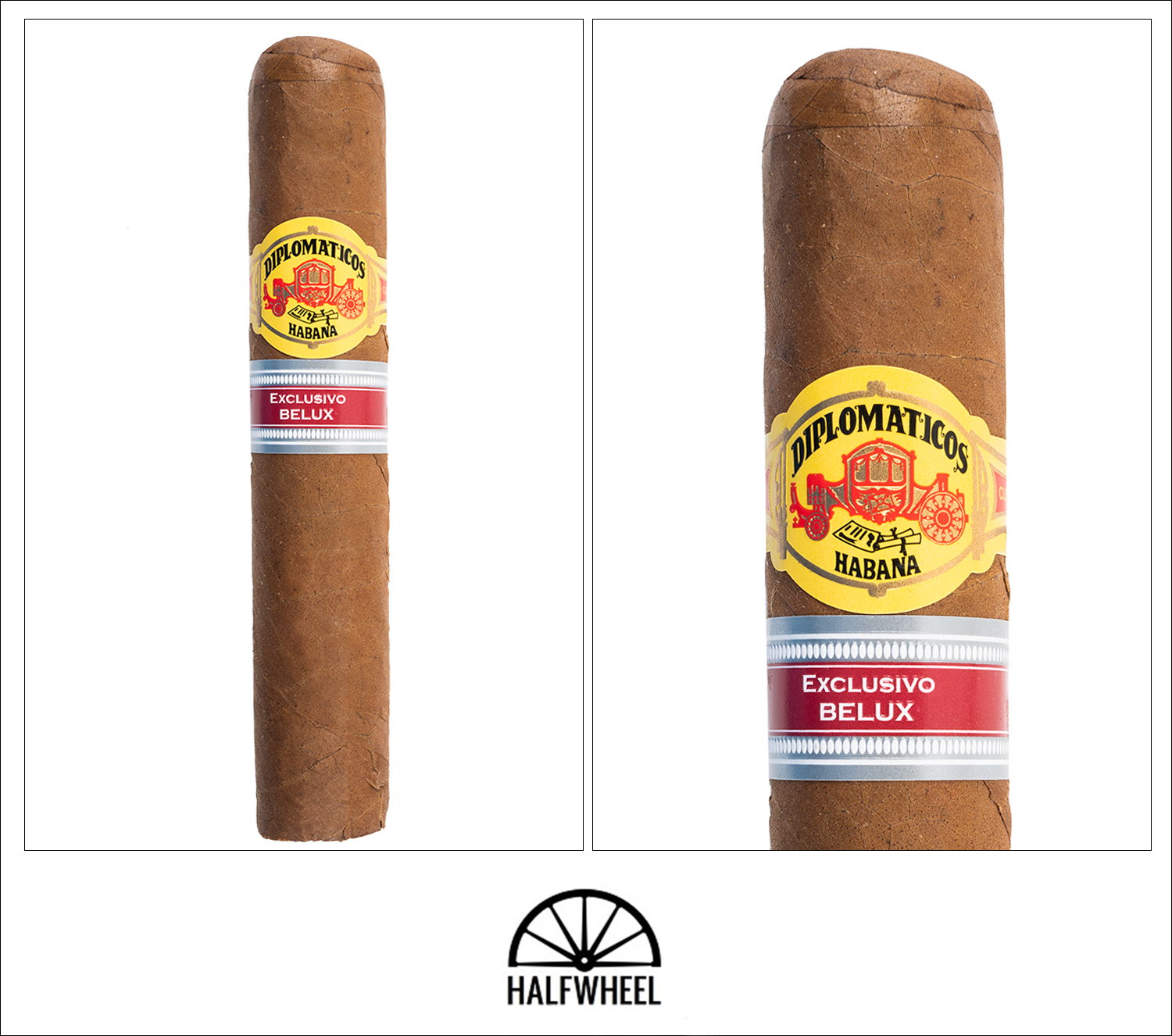
- Cigar Reviewed: Diplomáticos El Diputado Edición Regional Belux (2018)
- Country of Origin: Cuba
- Factory: n/a
- Wrapper: Cuba
- Binder: Cuba
- Filler: Cuba
- Length: 5 1/8 Inches
- Ring Gauge: 55
- Vitola: Robusto Gordo
- MSRP: €16.90 (Boxes of 10, €169)
- Release Date: July 2019
- Number of Cigars Released: 10,000 Boxes of 10 Cigars (100,000 Total Cigars)
- Number of Cigars Smoked For Review: 3
Before I slide the first sample out of the protective baggie in which it was shipped to me, I noticed the third band that had been applied somewhere between departing the factory and arriving on a store shelf. The wrapper leaf has a lot of oils on it, one of the oilier cigars I have come across in recent memory. Given its size, the cigar feels a bit light in the hand, though it is rolled firmly and evenly, lacking the sponginess that can be found in many a Cuban cigar. While the wrapper leaf isn’t perfectly smooth, the roll looks to get the most out of it, save for one sample that has an interesting bulge near the foot, reminding me of a small lipoma. There aren’t a lot of aromas to be picked up from the foot, maybe a freshly poured bowl of Frosted Flakes but without the brightness of cold milk. That aroma also gets expressed by a very light wheat bread note in one sample, and an unremarkable dinner roll in the other. The cold draw is quite firm on the first sample and equally restrained with flavor, though it is fairly creamy. The second and third samples are not as firm and are more consistent with the aroma, meaning plenty of wheat with touches of creaminess but no prominent sweetness or pepper.
It doesn’t take long to get this beefy robusto lit with a double torch flame, and the first puffs have a decent amount of white pepper that lingers in the nose and provides an extended tingle. There’s also more of that wheat and cereal note, along with a bit of creaminess, a combination that works well as a morning cigar, though building pepper in the first inch has me beginning to reevaluate the statement. In the case of the second sample, it begins to pick up some aromas that I would associate with a fired up gas grill, a bit of smoky meats but without the heavier charcoal influence. Warm breads, hazelnut, and a bit more black pepper come together incredibly well in the abundant smoke, though as the one-inch mark approaches I’m beginning to worry about the pepper staying in balance with the other components. The cigar has burned quite well in the first third; while the draw can be a bit firmer than I would like, the combustion is quite good with a generally even burn line and plenty of smoke.
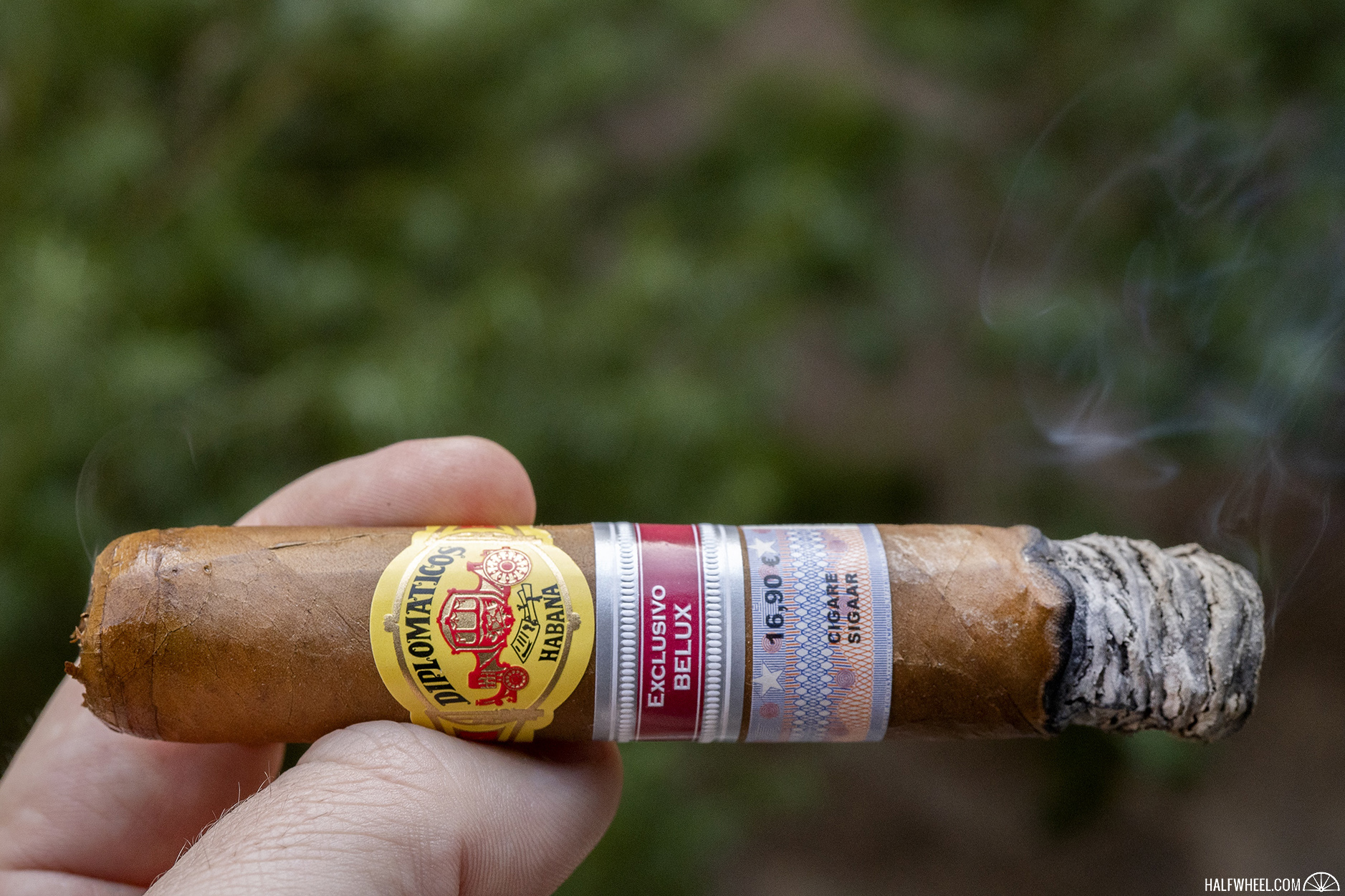
In the first sample, the second third begins with a somewhat funky taste entering the profile, which just happened to come not long after the first clump of ash was tapped off, so I’m wondering if the two might be correlated, though the second sample doesn’t experience the same effect. The smoke stays thick and chewy, with creaminess slowly backing out in terms of intensity but also getting a bit thicker. Pepper also begins to settle just a bit on the palate while remaining on tap through the nose. A graham cracker note begins to develop ahead of the midway point, and at least in the case of the second sample, things are really dialed in at this point. A bit of buttered popcorn emerges as the cigar transitions into its final third, turning more like kettle or caramel corn with each puff as the technical aspects continue to perform very well.
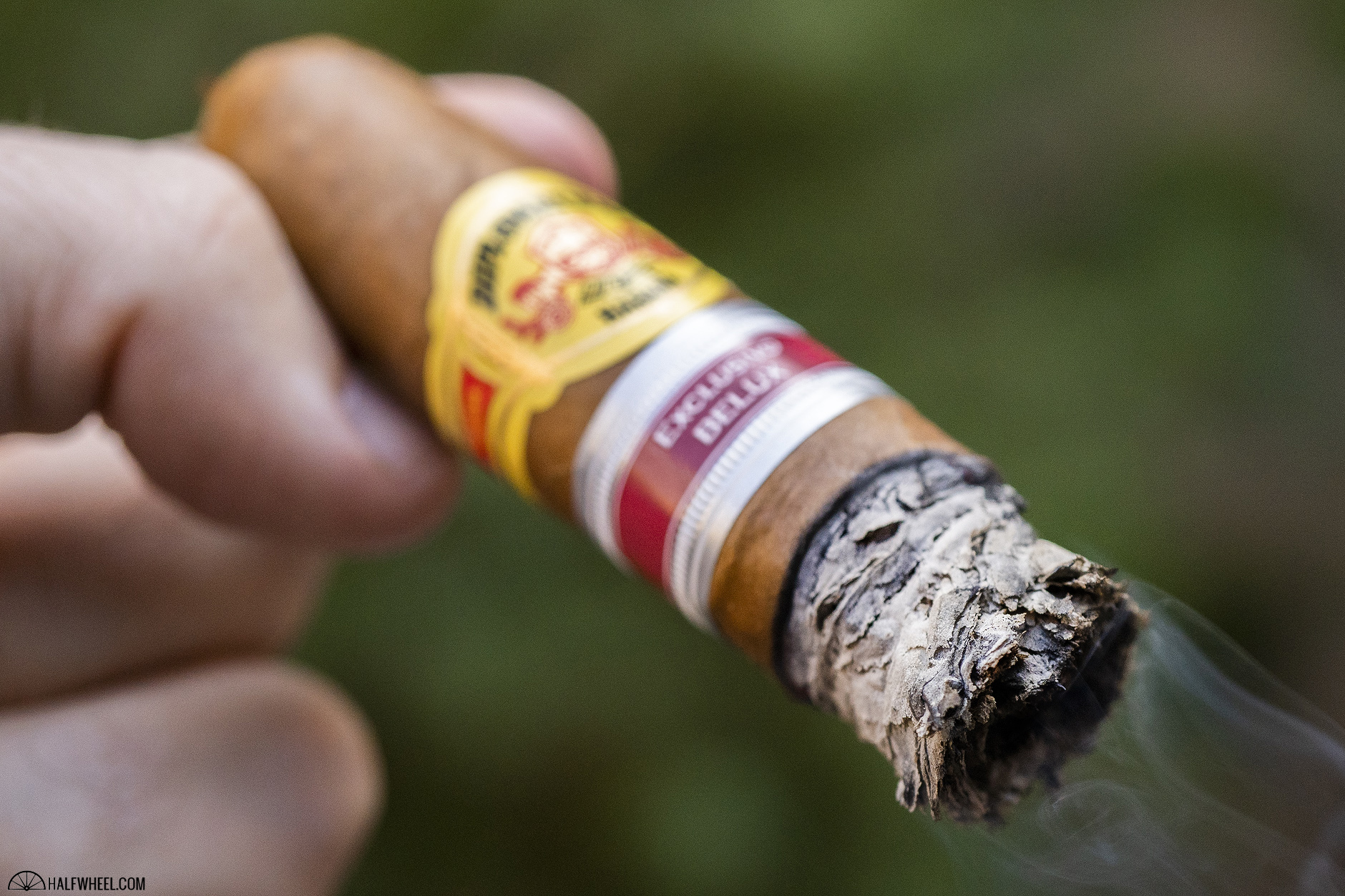
Everyone who reviews cigars for halfwheel has at some point written about transitions within cigars, sometimes they are subtle and easily overlooked; other times they are pronounced and attention-grabbing. In the case of the first and third Diplomáticos El Diputado, it’s the latter, as the final third begins with the introduction of another funky flavor that I can’t really put a word to, other than disappointing given the high points so far. Fortunately, the second one dodges that bullet, and may be setting an unreasonably high bar for the third to match. The flavors aren’t as numerous or complex as earlier, yet the cigar doesn’t nosedive here, shifting into flavors of warm glazed donuts without any excessive sweetness. Pepper has come back into greater prominence, yet it is hesitant to dominate, adding some wood at points to make it a drier profile. Much like a candle flickering out, the cigar’s flavors begin to mellow out until hitting a point where the cigar’s combustion also calls it a day, leaving just under an inch of unburnt tobacco and a generally very favorable memory.
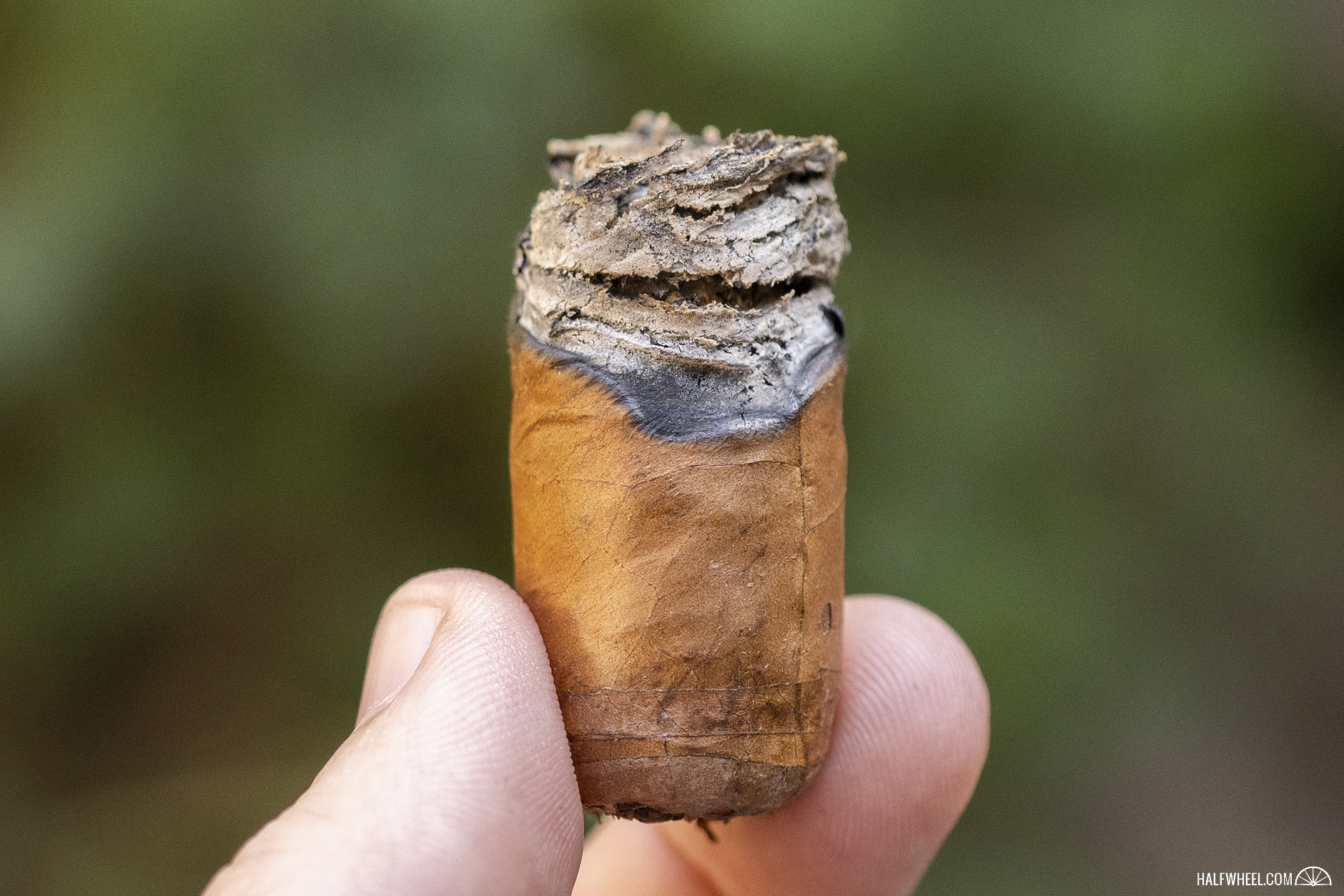
Final Notes
- Given that Cuban cigars don’t come in cellophane, I’m intrigued by this idea of adding a third band that serves as a price tag, such as in the case of this Diplomáticos El Diputado. This isn’t nearly the case in U.S. humidors where many more cigars come in cellophane and thus some pricing sticker can be affixed pretty easily.
- That also is a pretty good sign of where this cigar was purchased, Belgium, where the pricing bands are used.
- I’d be the first to admit that I’m iffy on the whole idea for a few reasons namely that I don’t want my cigar being handled any more than absolutely necessary and I’d be concerned about adhesive getting onto the wrapper and possibly causing damage when that additional band is being removed.
- Someday someone is going to invent a perforated cigar band that is much easier to remove, and I am going to thank them for it.
- There is something about these cigars that made them feel much closer to 60 ring gauge than they actually were, so much so that I measured them and they came in right around
- While I tapped the ash off in fairly regular intervals for a couple of reasons—photos, protection of my laptop and my own nervousness—I have no doubt that the ash could have gotten much longer than I allowed, as it seemed rather resilient.
- From what I could find on the incredibly wonderful resource that is CubanCigarWebsite.com, there has never been a 55 ring gauge cigar released as part of the Edición Regional program. There has also never been a 56 ring gauge, though there have been two 57 ring gauge releases: the Bolívar Tesoro, a 2016 salomón for Germany, and the Bolívar Armonias, a 2008 salomón for China.
- Additionally, there has never been a 58 ring gauge or bigger released in the Edición Regional program.
- The biggest Cuban cigar that I am aware of is the Cohiba 50 Aniversario, a 7 x 60 that was released in 2016 as part of an elaborate humidor that celebrated the brand’s 50th anniversary.
- The not-yet-released Trinidad 50 Aniversario will be a 59 ring gauge, the first use of that thickness, while it measures 6 1/8 inches long and comes in a double pyramid vitola.
- I didn’t find there to be much in the way of nicotine strength from the Diplomáticos El Diputado, nor any lingering effects from the flavor. This cigar does what it’s going to do while it is burning and that’s it, other than leaving a favorable memory.
- The box code for these cigars was not available.
- The cigars for this review were purchased by halfwheel.
- Final smoking time was just under two hours on average.
There was a part of me that wanted to say something along the lines of "this cigar is the make good for all of the subpar Edición Regional releases I have smoked thus far," but that seems to be a bit of an overstatement. However, the general sentiment remains as the Diplómaticos El Diputado does show how good an Edición Regional release can be when done right. It is complex, balanced and burns near perfectly, with each cigar very enjoyable and one a true gem from start to finish. While I've slowed my purchases of cigars, this is one I would certainly consider buying at least a box of, possibly two, as I think these could age quite well. If nothing less, they are smoking great right now, so much so that I'd love to smoke a few more sooner than later. If you can get some of these, I'd recommend doing so as they simply do not disappoint.

